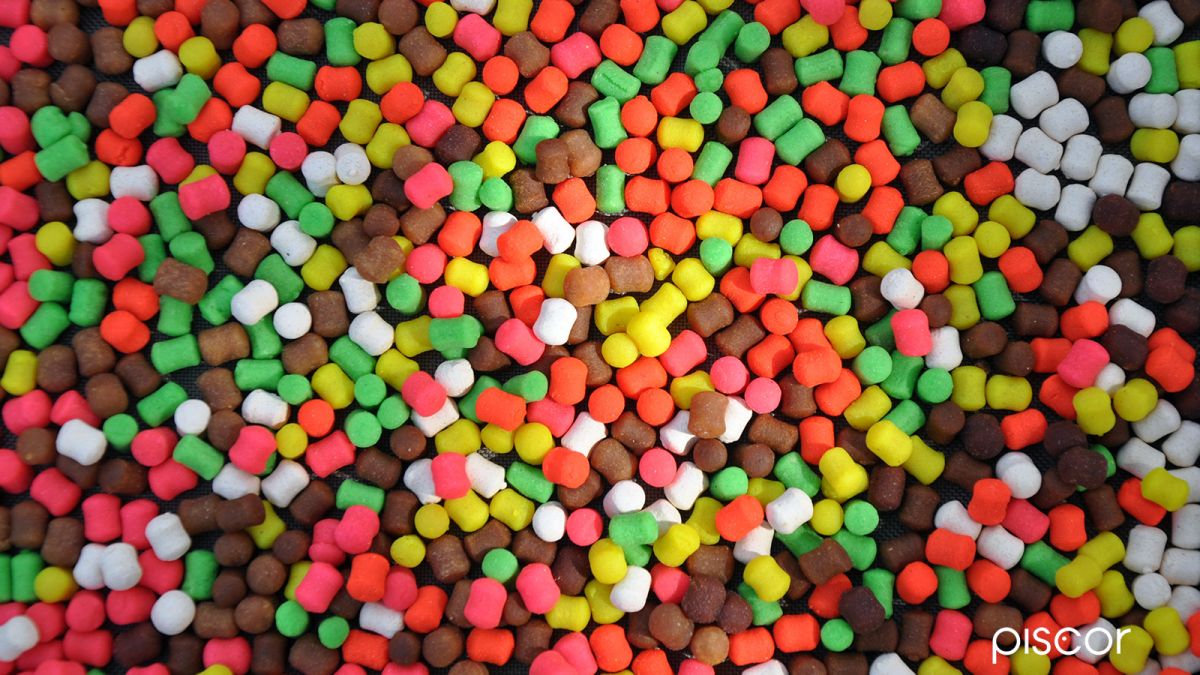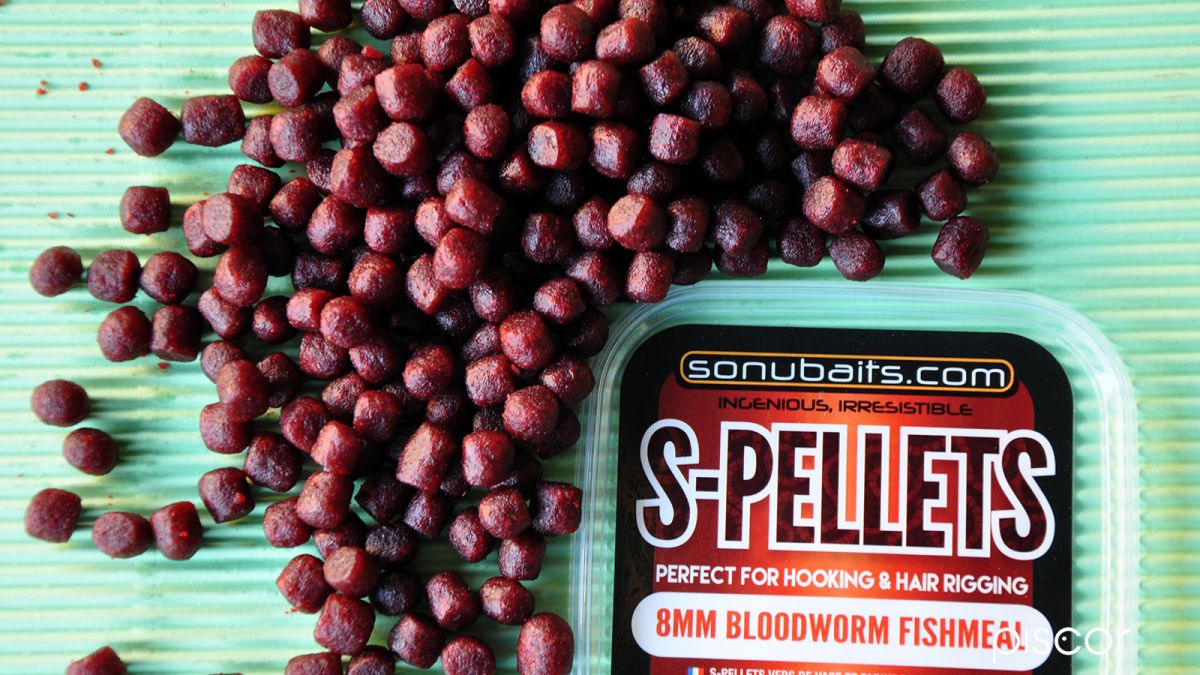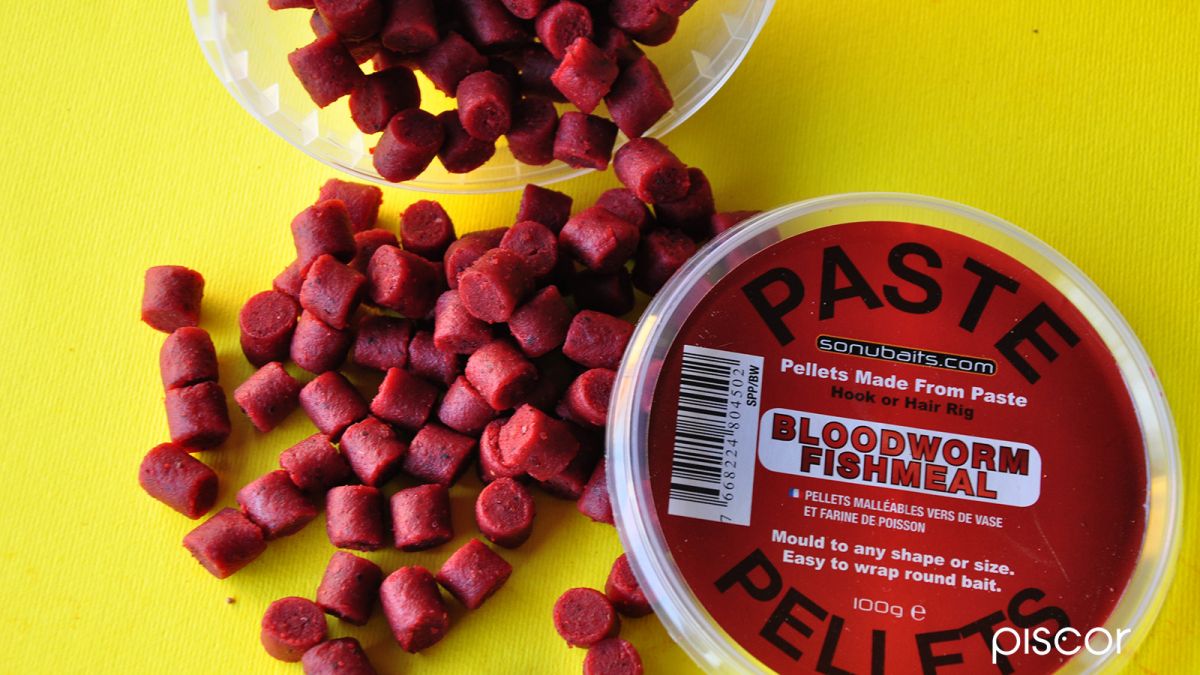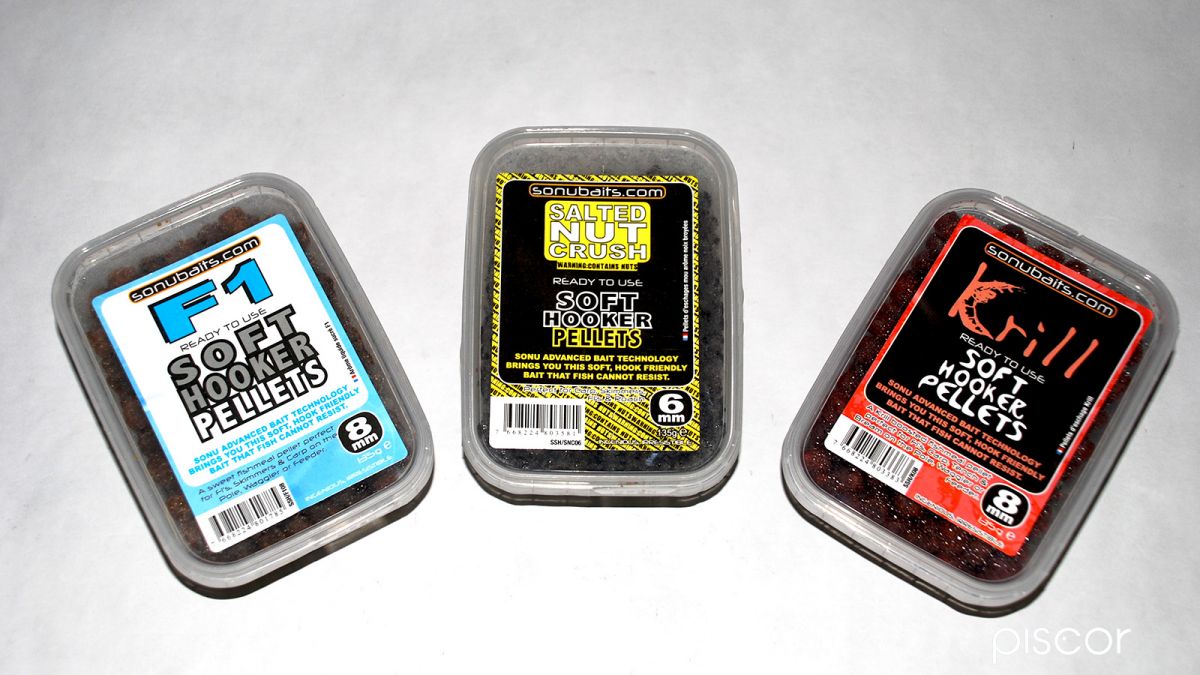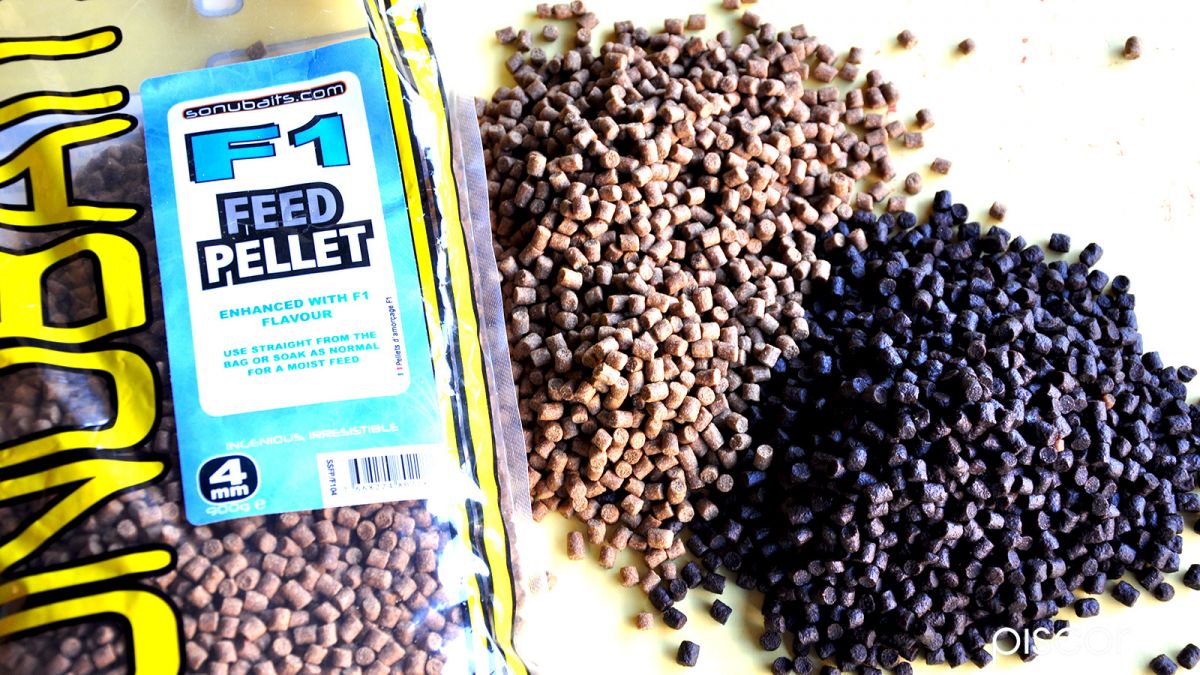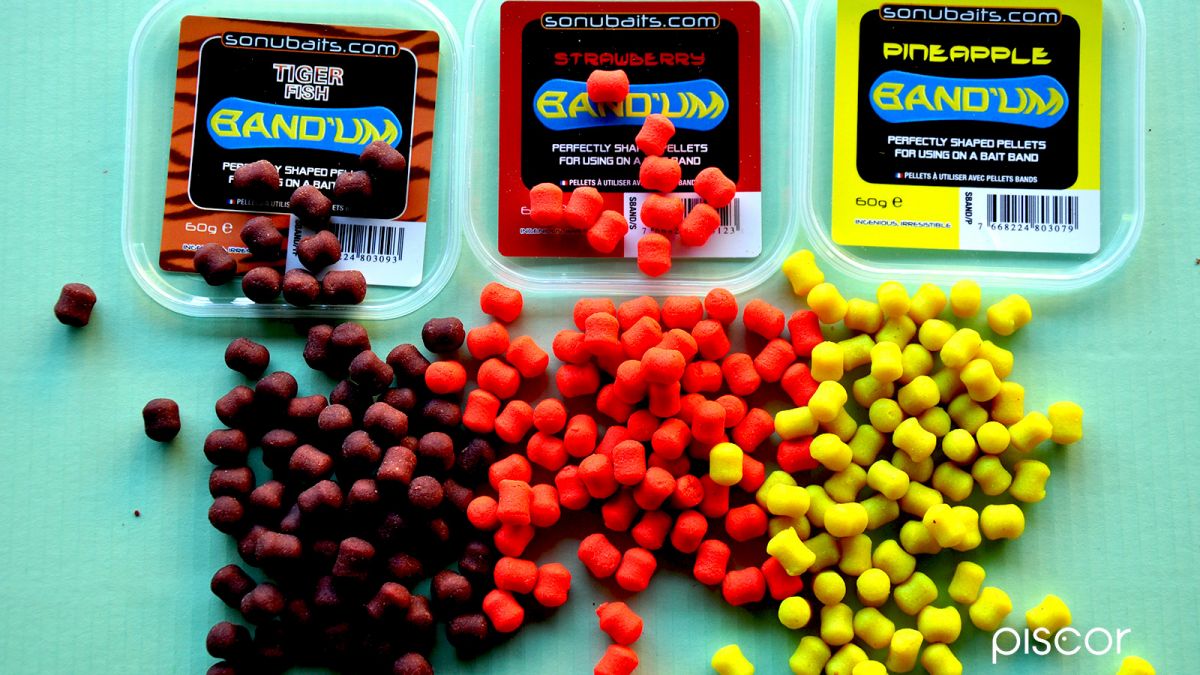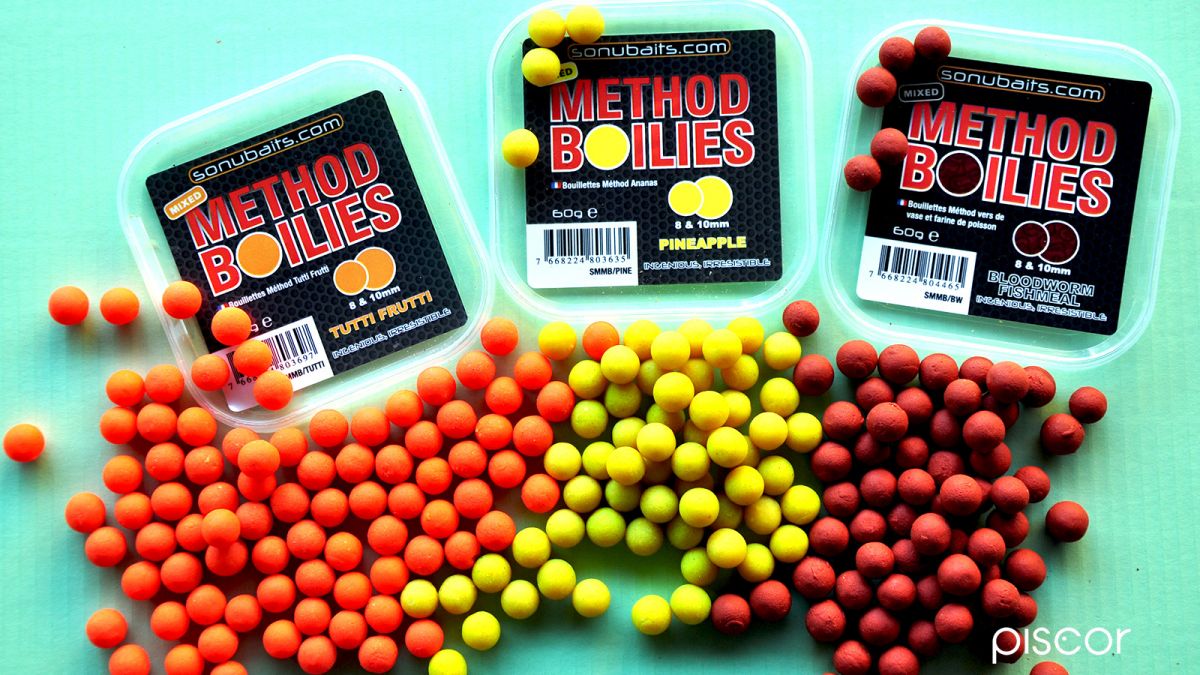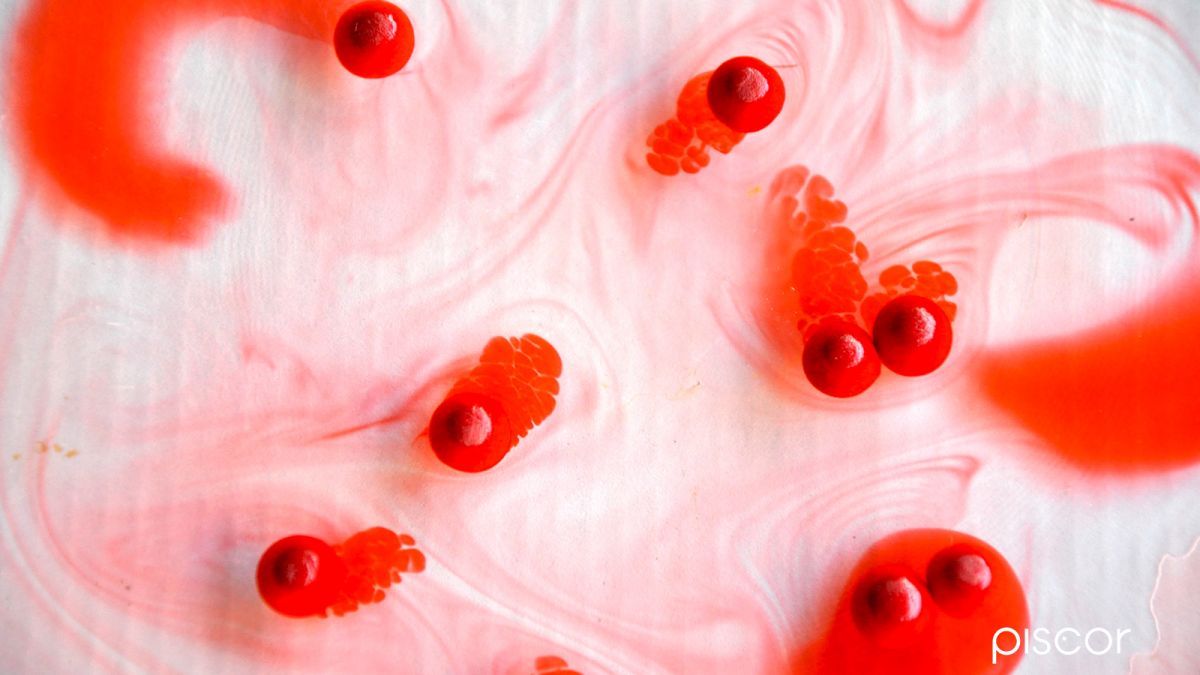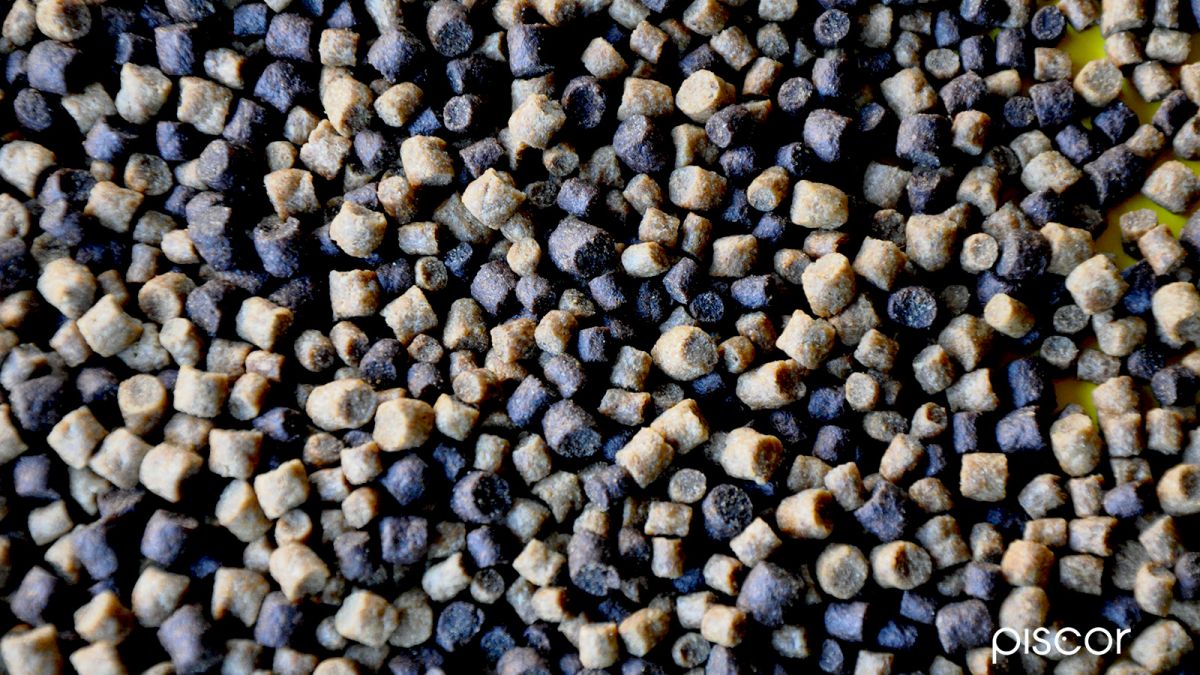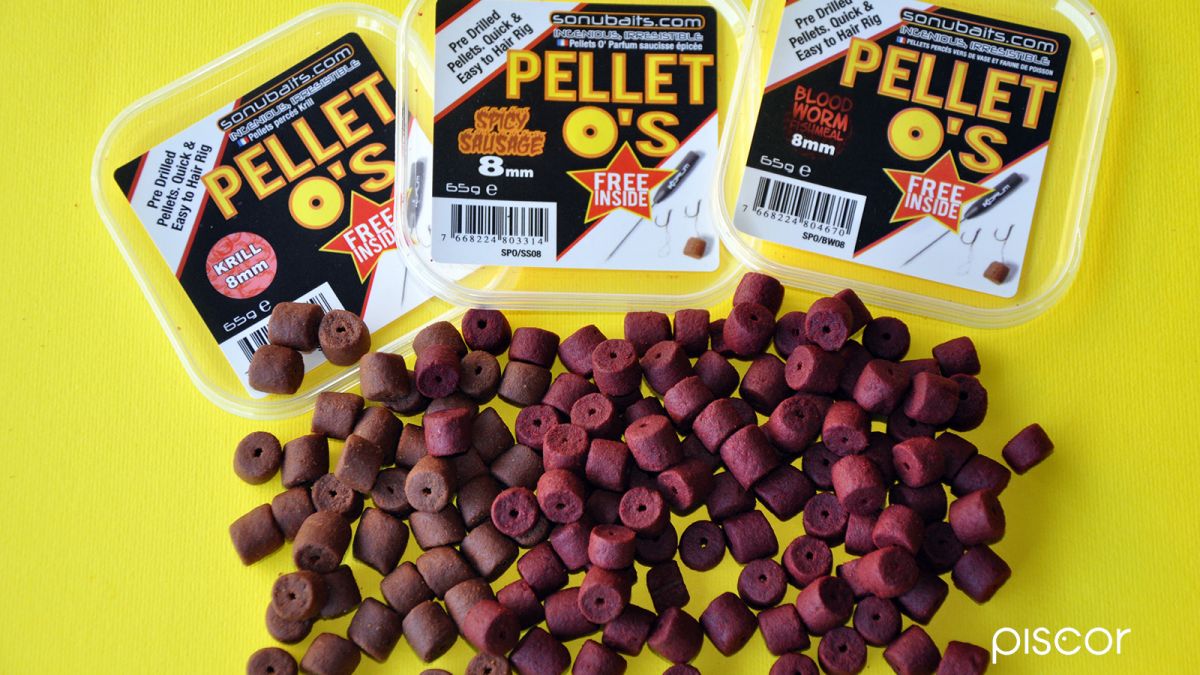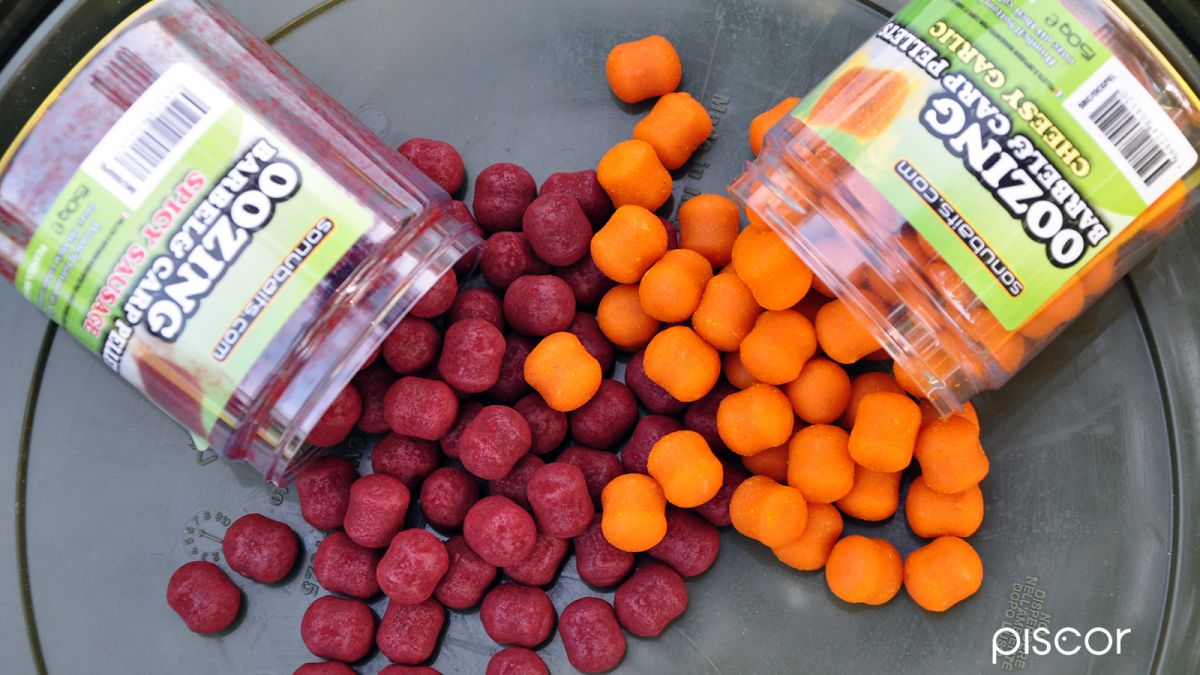Every fisherman's nightmare? The most difficult situation to face in feeder fishing? The most dangerous animal you may encounter when you decide to set bait and pasture using an holed container?
The questions have only one answer: the small disturbing fish, whether it is a bleak in the river, a trifle in the quarry or a tiny blicka in the river, it changes little.
If you have small fish in your fishing area it is a torment and the chances of hooking the fish you have set yourself is inversely proportional to the number of bleaks that feast under your lines.
If we talk about bait immediately recognizable there are few doubts, in no order of palatability we find: bread, corn, maggots and earthworms.
The real problem is that none of the "magnificent 4" in question is immune from the attack of small fish and enlarging the bite serves no purpose, a bow of 10/12 maggots will be prey of the fish just like a single trigger, it will only take longer, but the continuous shaking of the tip caused by the bites of young piranhas is the same.
There are, however, wild cards that can be exploited if they happen to be in the hands of the fisherman, knowing how to use them both as a pasture and as a trigger means enjoying a dual benefit, eliminate unwanted small fish and raise the size of those insidious.
Don't be fooled, the trigger volume is not a yardstick to get to the XXL fish, the equation of big trigger = big fish is usually wrong.
A 15 kg carp can go as far as sucking up an 8 mm pellet just as it does with a 30 mm boilie; even, in environments with high fishing pressure, it is likely that the older and larger specimens will get rid of the larger bites to feast on what they normally find shredded in pasture, a hole and a scar from something hidden behind a bite of generous size, perhaps with a particular shape and color, leaves bad memories in the brain of a fish that has a tendency to memorize the bad experience.
In the lines above I unintentionally escaped the magic word, the famous joker of the bunch: the pellet.
Let's try to provide a small guide in the multitude of products supplied by the market, indicating the uses and fields of application both as a pasture and as a real trigger, alone or in combination with other baits.
Among the fishing pellets there are other types of triggers that are not real pellets but that, for composition, areas of use and size, are more similar to pellets rather than traditional boilies.
For each type of bait and pasture, the available diameters, the instructions for use, the available flavours and a code (see legend below) will be indicated, indicating the possibility of triggering with or without rig.
Legend:
- A= directly on the Hook
- BB= ideal shape for use with Bait Band
- R= hard bait from classic rig with Bait Stopper
- PC= can be modelled around the Paste Cage
- BS= consistency suitable for use with Boilie Screw
- BR= consistency suitable for use with Bayonet Rig
- QS= consistency suitable for use with Quick Stop
- ER= consistency suitable for use with Elasticated Rig
- P= pasture pellets
(
1) S-pellets (A-R-ER)
They are bait particularly fast to get into fishing. The consistency of the bait is such that it can be triggered directly on the hook and it can withstand strong and/or long distance launches. The duration in water is medium-long, are rich in oils attractors and stimulants.
The range of flavours is very wide with neutral colours perfect for camouflaging in dark or natural coloured pastures, diameters available from 6 mm up to 11 mm, particularly suitable for difficult or very suspicious fish, it is my first choice on the winter chub in current with light settings.
2) Fin Perfect (P)
Pasture pellets perfect for dry use inside a mould method covered by the pasture, or with an open end always between two pasture caps.
They offer the best yield once wet because the structure, humidified, adapts to be molded around a simple lead or pressed into a feeder pellet.
Extremely versatile, they can be modified in colour and aroma using dips or other liquid additives.
Available in diameters from 1 mm to 8 mm are easy to wet, just keep them completely covered with water as many minutes as the diameter of the pellet, once drained can be made more consistent with the appropriate glue powder (sticki pellet). Deadly when used in commercial quarries combined with a band'um.
3) Paste pellets (A-PC-QS)
Soft pellets that lend themselves to a wide variety of uses: triggered directly on the hook, moulded around a cage mounted on a rig (paste cage) or directly around a hard pellet to increase its attractiveness.
Available in a single size and with different flavours, they are the best joker in commercial quarries, but they are also very good at being free when there is no disturbance from small fish. In the Krill and Bloodworm flavours, they are deadly for canals and other sized fish.
4) Soft hooker pellets (A-QS-BS)
Versatile trigger version suitable for use in fisheries or in water from stationary to slow.
There are various trigger solutions even directly on hook, the soft and rubbery consistency makes them particularly quick to go fishing thanks to the oils and attractors contained.
Different flavours, colours and diameters (from 4mm to 8mm) for 360° use when it is necessary and useful to speed up the fishing action.
5) Feed Pellets (P)
Pasture pellets that can be used, like Fin perfect, with mould methods and open ends to provide, together with the flours, a richer and more persistent part of the appeal.
Unlike their "cousins", they absorb water very slowly and have a considerable duration once mixed with wet pasture or inserted into a feeder.
In smaller diameters they are very useful in current, inside a block end, to create on the bottom a more durable feeding cone that slowly stretches under the pressure of water.
Available in the four most popular flavours and in three sizes: 2, 4 and 6 mm. They are excellent when used in an open end previously dipped with a liquid flavor.
6) Band'um (BB)
Probably the bait that has revolutionized the way of fishing of many ledgermen; easy, practical and really efficient has a shape slightly squashed at the center for proper use with a bait band.
It withstands long throws and in any kind of situation, from still water in the quarry to strong current in the river. One size 8mm long-lasting attacks of small fish, marketed in many flavors and colors.
Just the color seems to be the main advantage of Band'um allowing the most careful fisherman to select or change the tint of the trigger to detach themselves chromatically from the pasture or, on the contrary, to blend with it.
7) Semi-Buoyant Band'um (BB)
Balanced version of the most famous Band'um, once in the water the pellet tends to slightly lift the hook cancelling the weight and highlighting the trigger.
It is the ideal solution when fishing with the mould method, because the fish rooting on the pasture immediately finds the bait, or in situations of classic feeder on muddy seabed or rich in vegetation when we must be sure to leave the bait at the disposal of the fish without hiding it.
Indispensable when fishing non-rooting fish such as rudds, crucians or large amur of the quarries.
8) Mixe Method Boilies (R-BR-BS)
Created for commercial quarries, these small boilies, mixed in 8 mm and 10 mm packages, have proved to be very successful in free catching even on difficult fish where a small trigger often makes the difference.
The diversified size allows you to choose the type of trigger by catching indifferently barbel, chub, freshwater bream and carp.
Perfect with the use of any type of method, it has the consistency to resist for a long time even in the presence of small fish.
Five aromas and colors are available for a wide choice of presentation.
9) Semi-Buoyant Ozzing boilies (BR-QS)
Semi-floating 8mm version of Method Boilies.
The main feature is the external aromatized coating that melts in contact with the water, quickly creating a highly attractive area, not to mention that, once freed from the pasture of the method, the Oozing raises the hook making it immediately available.
The dip of the coating is heavier than water and the "cloud" has the tendency to settle on the bottom avoiding a too fast dispersion, for this reason the Oozing can also be used in moderately running water. Four flavours and colours available.
10) Oily floaters (A-BB-R-QS)
Soft floating pellets very useful when fishing on heavily grassed seabeds where the fish is used to feeding in the intermediate layers or in fishing afloat of carp and amur.
They are available in 3 sizes (8-11-16 mm) and from 2015 in the new Krill and Liver flavours. The increased load of oils makes them very attractive in the coldest seasons.
11) Action spod mix
Balanced blend of high quality pellets, assorted in size and structure, to provide an immediate and lasting source of attraction and nourishment, alone or in combination with flours.
They are perfect for use with spods and can be further enriched with the use of dips and liquid flavours. Thanks to their weight, colour and diameter, they can be used in current, with an open end or a river feeder, to optimise the feeding of large fish.
12) Pellet O's (R-QS)
Another workhorse of many fishermen, a pre-perforated pellet that successfully faces all types of waters and is caught on virtually all freshwater fish including predators.
Two sizes, 8 and 11 mm, six flavours on dark colours from brick red to dark grey.
Despite the small diameters, O's Pellets are also efficient on large fish, in the lower course of the Po the Spicy Sausage 12 mm is the bait that is never missing in the trousseau of every "hunter" of barbels and carp in any season while there is no chub that resists a Cheesy Garlic 8 mm.
13) Halibut Pellets (R-BB)
Pellet produced with a mix of ingredients of the highest quality very captivating.
The balance between the various components make them immediately attractive and do not disgust or tire the fish over long distances.
The betaine extracted from mussels and the shrimp flour guarantee a high attractiveness. Available in different sizes, they can be used as whole particles in large river pastures, crushati to provide macro-particles that work differently in current or in PVA bags. If used as a trigger, they must be drilled using a drill.
14) Spicy & Garlic Halibut Pellets (P-BB)
The combination of halibut flours with proven attractors on barbels, chub and carp, such as Spicy Sausage and Cheesy Garlic, makes these pellets a formidable weapon in all spots where a well dimensioned pasturage helps to keep the largest specimens in the fishing area.
They are born as pasture pellets to be used with all current feeders, but they become a deadly bait if modified as follows: the pellets have a concave and a convex face, gluing the two opposite faces using a drop of cyan acrylic, in the size of 8mm, you get a "bite" that can be dipped and triggered with the use of a bait band.
Use 4mm and 6mm to fill a river feeder and trigger the modified 8mm, you'll see some nice ones.
15) Oozing Barbel & Carp Pellet (R-BB-BR-QS)
Another bait that has revolutionized the way of dealing with the river and beyond.
It is a large sinking 15mm pellet that tackles without patemas even the most impetuous currents. The Oozing coating slowly releases a constant aromatic trace that recalls the fish on the bait.
It has a long life once triggered and the Oozing continue to work for a long time even in the toughest spots resisting several hours before losing its effectiveness.
Available in the three most classic flavours for Po Spicy Sausage, Cheesy Garlic and Halibut, the Oozings have proven to be captivating even outside the vast environments of the Great River and on fish that traditionally do not like too hard triggers such as crucian.
Last considerations
A small reflection at the end of this quick overview on the possibilities offered by pellets & C..
I am an old-fashioned fisherman, raised with ancient baits such as bread, red coloured chicken guts and corn when the cobs allowed it.
The manure earthworms of the nearby farmer were the most refined. When I started to frequent the river, maggots were not bought by the pounds. For years I have been attached and mentally bound to the old fishing traditions and natural baits, for me the pellet has always been a feed from chickens and rabbits certainly not a way to catch fish.
The change has been imposed on me by the changing needs of fishing, by the new fish that have appeared, willingly or unwillingly, in the fishing scene and last but not least the desire to select the size of the catch. In my gradual "falling in love" with the pellets, I had to almost violate myself, giving total and maximum confidence to a bait that did not inspire confidence, and if you do not fish confident you fish badly.
Do you want a good reason to use pellets without hesitation or temptation? Go fishing, as I did, leaving the maggots at home, if you want to learn how to swim the only thing is to dive where you do not touch ... the rest comes by itself.

